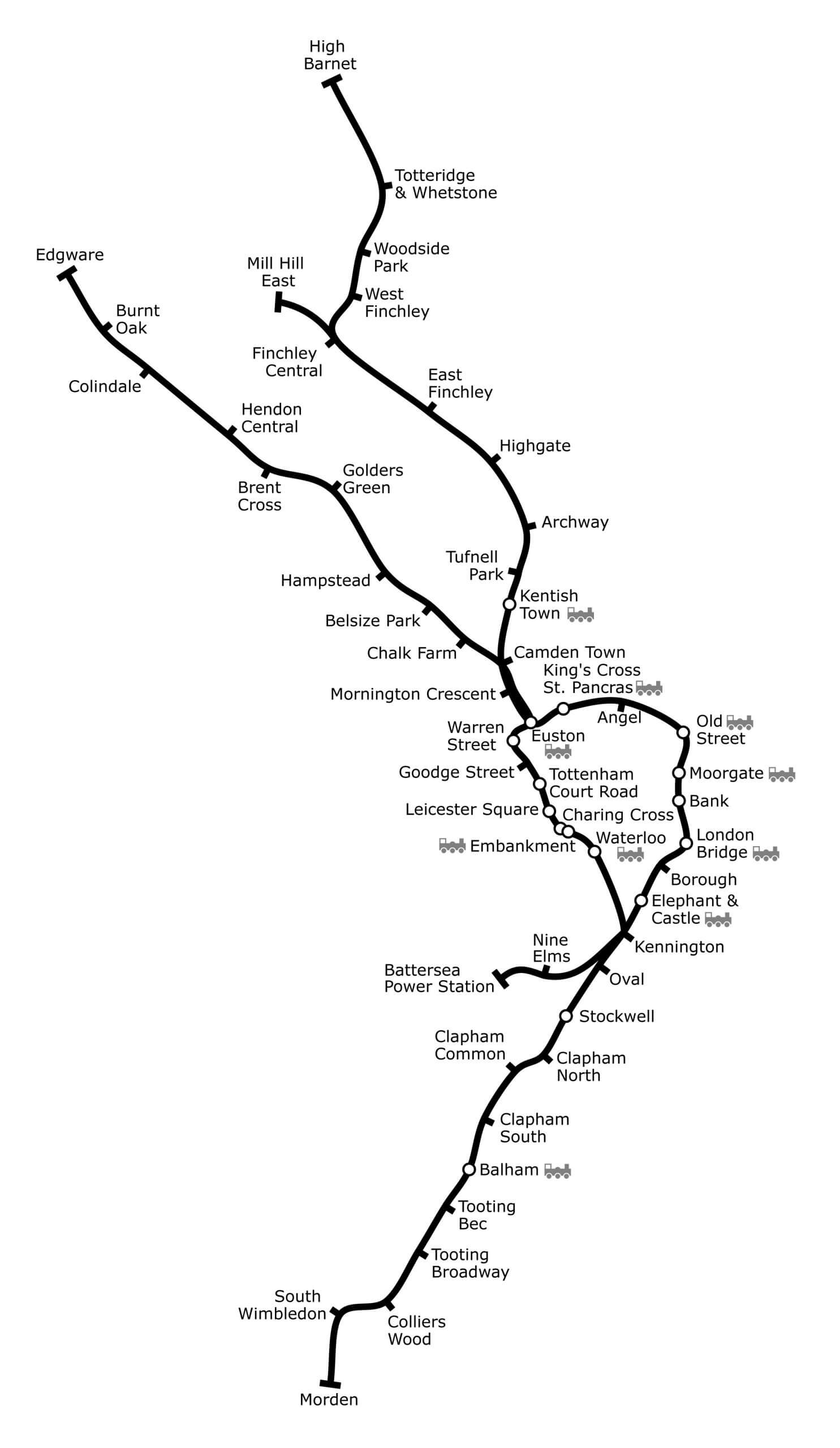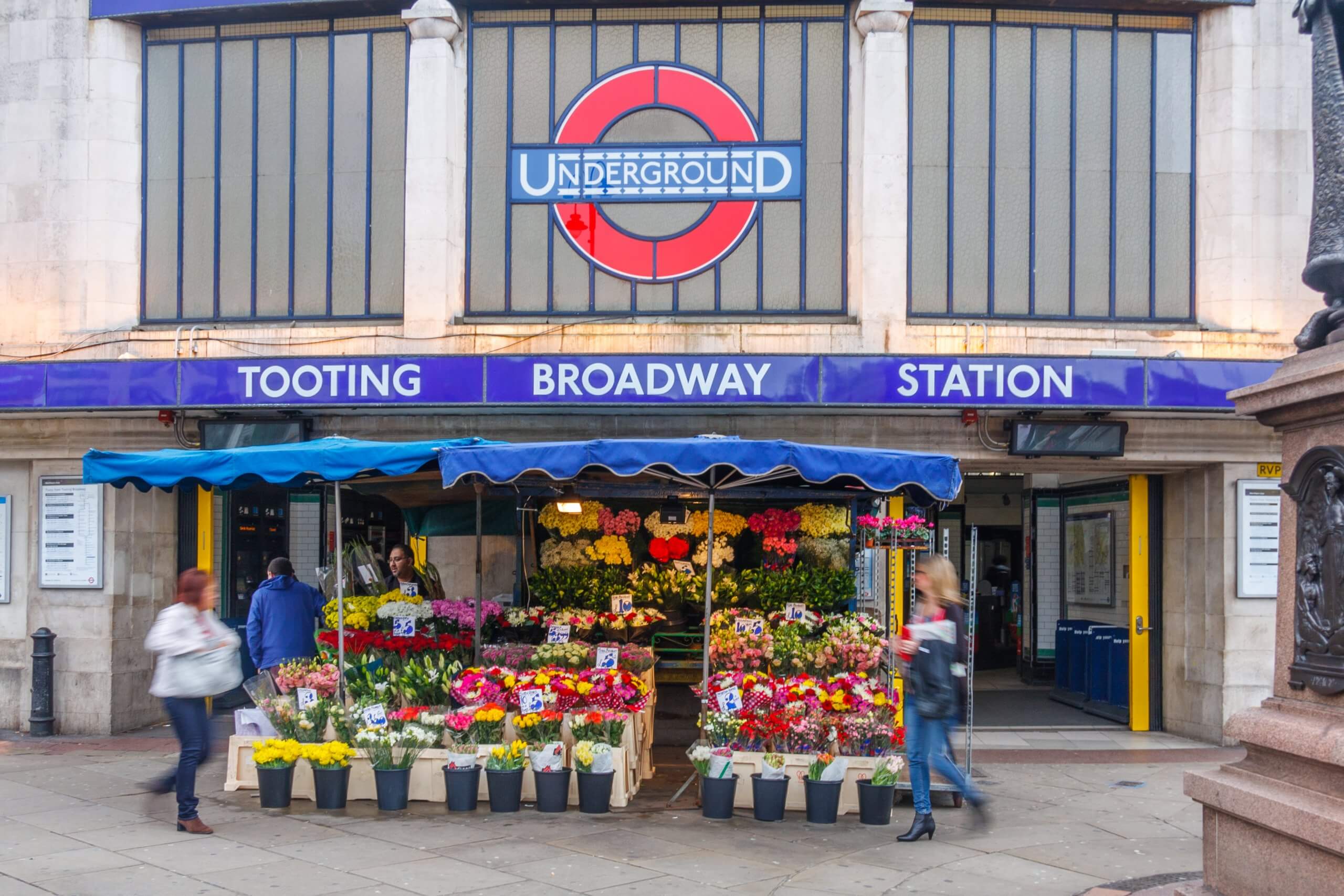Looking at the London Underground map, you might be forgiven for thinking there’s been a mistake and that you’re looking at two separate lines instead of one. This is because the Northern Line has its origins in two separate railways that eventually merged into one even though they run on two parallel routes. However, it might be a good thing that the Northern Line is two halves of a whole since it’s one of the busiest commuter routes in the city. Enjoy delving into the complex history of the Northern Line with us, and you might learn some interesting things you never knew.
Going back to its earliest days, the Northern Line began with the City and South London Railway as well as the Charing Cross, Euston, and Hampstead Railway. C&SLR first opened in 1890, and CCE&HR began running in 1907. The C&SLR had the distinction of being London’s first electric railway, and its popularity meant that other Underground lines were quickly converted before the London Passenger Transport Board took over in 1933. Despite its popularity, however, low ticket prices and constant extension construction kept its parent company in a precarious financial condition. By comparison, the CCE&HR (also sometimes called the “Hampstead Tube”) was not as popular and similarly suffered from financial difficulties.

By 1913, the Underground Electric Railways Company of London (UERL) took control of both lines, but kept them as separate corporate entities. The two were joined together in the 1920s in a series of works that linked them at several stations at Euston Station and Camden Town. Such a joining had been planned much sooner, but was delayed by World War I, with construction starting in 1922 and finishing in 1924. By 1926, new stations opened at Kennington and Waterloo, with the latter also providing a connection to the Bakerloo Line. Now linked together, further extensions were made to Edgeware and Morden.
After the London Passenger Transport Board took public ownership of all the underground railways and transformed them into the London Underground, it renamed the combined route as the Northern Line starting in 1937. The name came from the Northern Heights extension, which was never completed but helped to simplify things for the LPTB and passengers alike. Prior to that, it had a mismatch of different names, including the Edgeware, Highgate, and Morden Line in 1933 and then the Edgeware-Morden line only a year later. Needless to say, the simplification of the name was certainly a welcome change.

Further extensions were made in the late 1930s, with the East Finchley station being the last in July 1939 before World War II put any future projects on hold. Little work was done until the 1960s and 1970s and even then, the projects were not terribly ambitious. It wouldn’t be until 1988 and the reconstruction of Angel Station that the Northern Line saw any major construction projects. The redevelopment of the station would take about five years and not open until 1993. Beyond that, another extension of the Northern Line did not take place until the extension from Kennington to Nine Elms and the former Battersea Power Station opened in September 2021.
However, despite this, no further extensions north or south have been made, but it certainly doesn’t seem as if they’re needed. Despite its complicated origins and merger, the Northern Line hasn’t experienced very many major incidents over its long history. At a length of 36 miles, the Northern Line sees roughly 206,734,000 passengers per year. In fact, for a simple two-hour period from 5 PM to 7 PM, 225,000 passengers each day. Thus, this unassuming conjoined route holds onto the crown of being one of the busiest lines in the London Underground.


